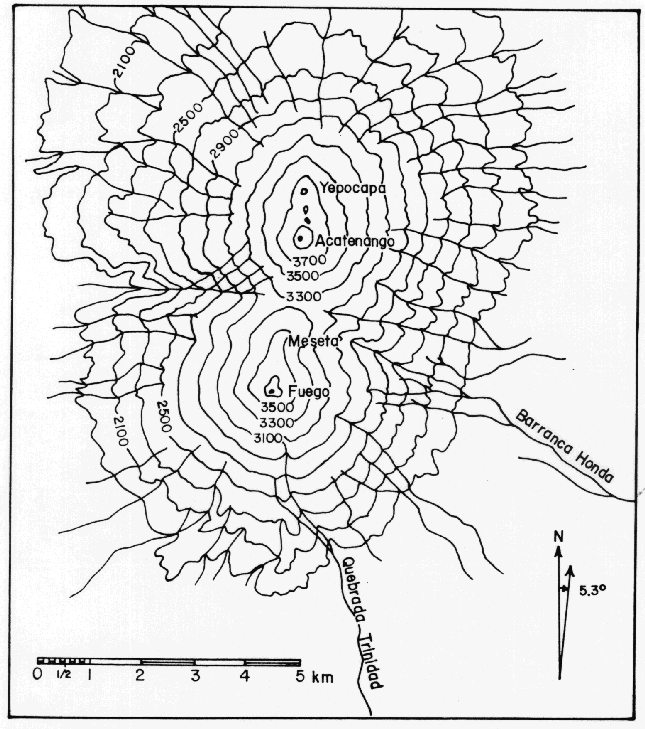
Thematic Maps are data maps created to portray a specific subject or for a specific purpose. They reflect some particular themes about a geographic area. They portray such aspects of a city, state, region, nation, or continent as social, political, cultural, economic, sociological, agricultural, or any other aspects. In short, thematic maps tell a story about a place.
The above thematic map tells the story (or at least it's end result) of the 2004 Presidential Election of Bush vs. Kerry. It illustrates through color the political orientation of each state at the conclusion of the 2004 election. Using the patriotic colors of red, white and blue for this thematic map are illustrative of its political theme. The colors are also indiciative of each political party's candidate: red for Bush, a republican; and blue for Kerry, a democrat.
http://www.weburbanist.com/wp-content/uploads/2007/06/united-states-political-map.jpg



